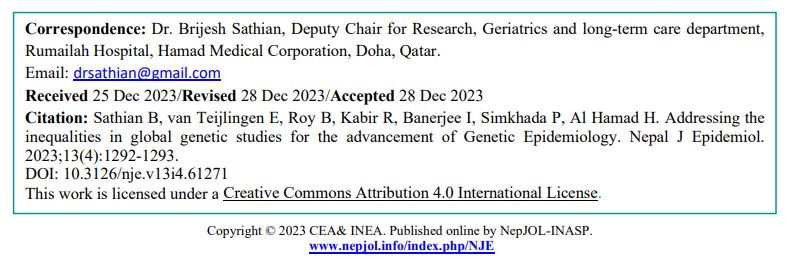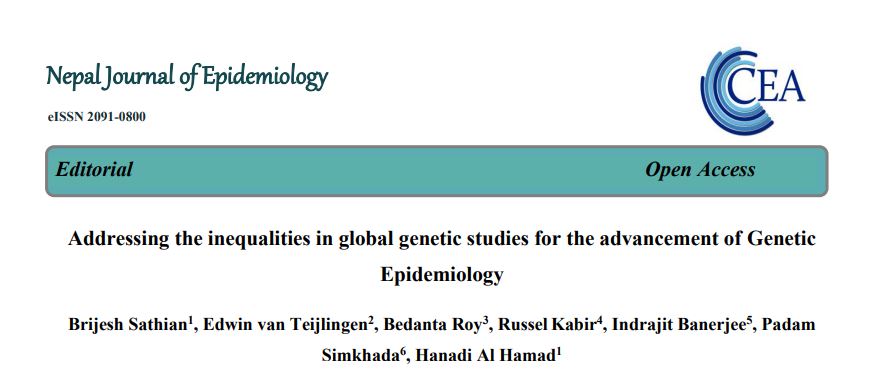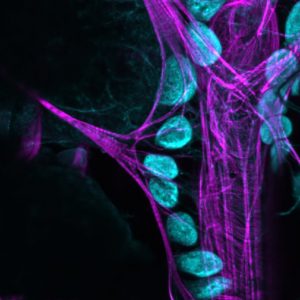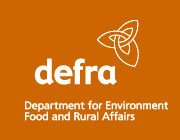One of the first message I received this morning was that our editorial ‘Addressing the inequalities in global genetic studies for the advancement of Genetic Epidemiology’ [1] had been published yesterday. If I had know this in time it would have been the proper last Bournemouth University Research Blog of 2023 published yesterday. Interestingly, we only submitted the draft editorial on Christmas Day, got it back for revisions on Boxing Day and resubmitted it and had it accepted on December 28th. It dis, of course, help that both editors-in-chief of the Nepal Journal of Epidemiology are co-authors on this editorial!
Prof. Edwin van Teijlingen
Centre for Midwifery & Women’s Health (CMWH)
Reference:
- Sathian, B., van Teijlingen, E., Roy., B., Kabir, R., Banerjee, I., Simkhada, P., Al Hamad, H. (2023) Addressing the
inequalities in global genetic studies for the advancement of Genetic Epidemiology. Nepal Journal of Epidemiology, 13(4):1292-1293.
DOI: 10.3126/nje.v13i4.61271















 3C Event: Research Culture, Community & Cookies – Tuesday 13 January 10-11am
3C Event: Research Culture, Community & Cookies – Tuesday 13 January 10-11am Dr. Chloe Casey on Sky News
Dr. Chloe Casey on Sky News Final Bournemouth University publication of 2025
Final Bournemouth University publication of 2025 On Christmas Day in the Morning…
On Christmas Day in the Morning… New Nepal scoping review on maternal & neonatal health
New Nepal scoping review on maternal & neonatal health ECR Funding Open Call: Research Culture & Community Grant – Application Deadline Friday 12 December
ECR Funding Open Call: Research Culture & Community Grant – Application Deadline Friday 12 December MSCA Postdoctoral Fellowships 2025 Call
MSCA Postdoctoral Fellowships 2025 Call ERC Advanced Grant 2025 Webinar
ERC Advanced Grant 2025 Webinar Horizon Europe Work Programme 2025 Published
Horizon Europe Work Programme 2025 Published Update on UKRO services
Update on UKRO services European research project exploring use of ‘virtual twins’ to better manage metabolic associated fatty liver disease
European research project exploring use of ‘virtual twins’ to better manage metabolic associated fatty liver disease